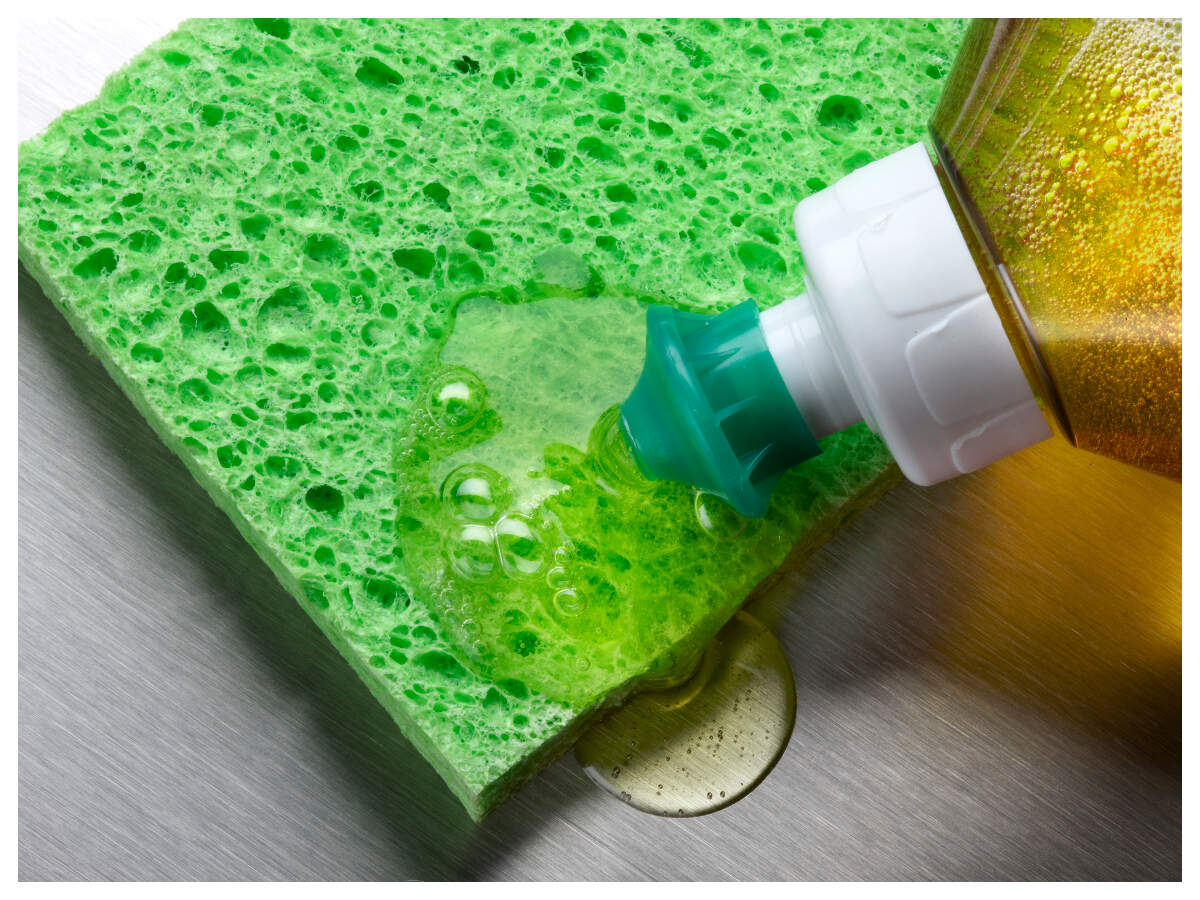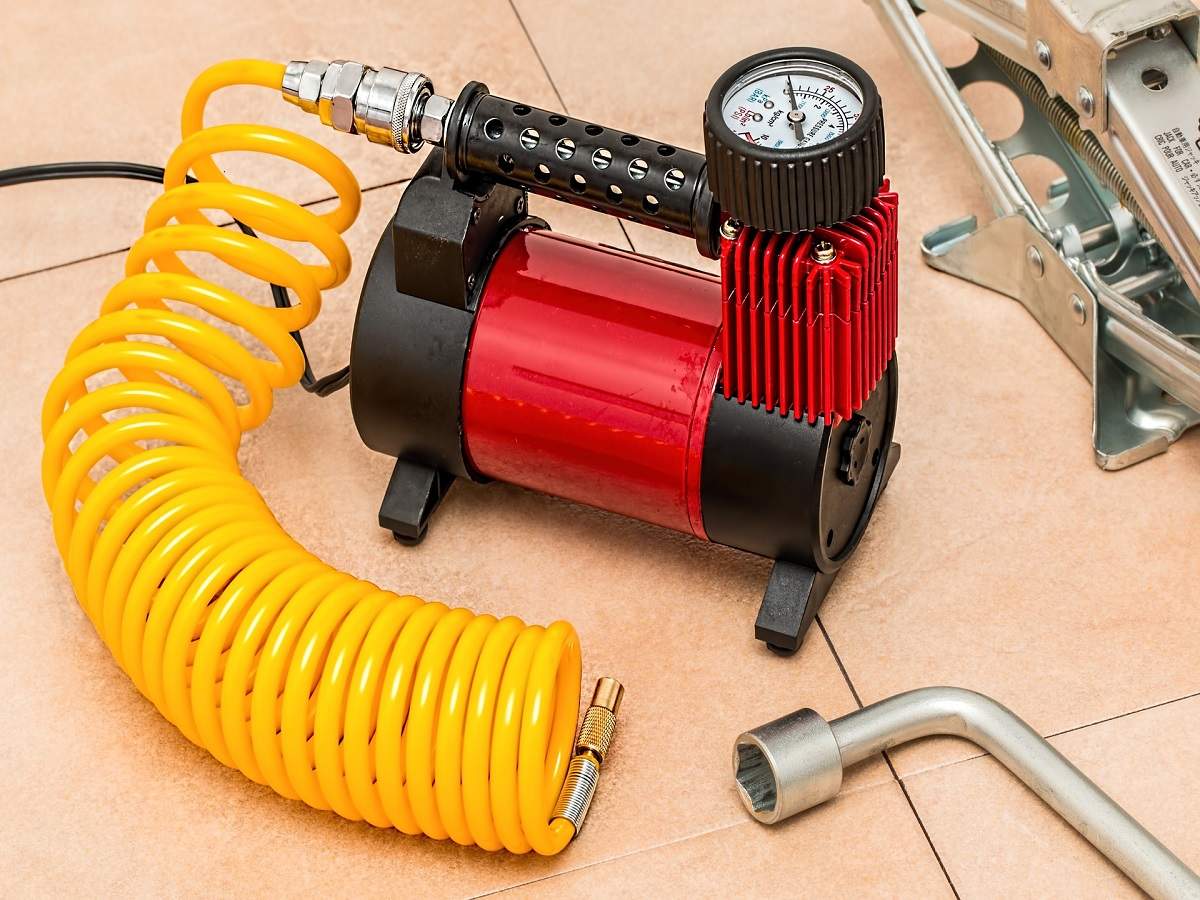
Gurgaon: The city generates over 4,000kg of hazardous waste every day, according to an RTI response by the Haryana State Pollution Control Board (HSPCB). Almost all of this is generated by hospitals.
“Approximately 4,074.5kg hazard toxic wastage (waste) is being disposed of by hospitals. Hospitals have made agreements with common biomedical waste treatment and disposal facility for proper disposal of hazard toxic waste,” states the RTI response, a copy of which is with TOI.
While most hospitals comply with the norms, some have recently been issued notices for not disposing of the biomedical waste according to the norms. “Last week, we issued a final notice to over 583 healthcare facilities in the city and told them to comply with the Biomedical Waste Management Rules, 2016. They have to comply with the norms within seven days, or face strict action. Most hospitals and medical facilities generally comply with the norms,” a senior HSPCB official said.
As per norms, a hospital can’t generate more than 2.5kg of waste per bed in a day. While 90% of the hazardous waste generated in the city is general waste, 10% is biomedical waste.
“There are so many private hospitals, laboratories and medical facilities in the city that the total hazardous waste generated daily is more than 4,000kg per day. It is definitely a huge amount. I had asked for a copy of the MoU between the hospital and the private company appointed by HSPCB to dispose of the waste, and the amount charged by this company. But this information has not been provided,” Aseem Takyar, the industrialist who filed the RTI application, said.
Health department officials said they ensure that inspections are carried out on a regular basis. “We carry out inspections to make sure that all the healthcare facilities use color-coded dustbins. This helps in segregation, collection and proper treatment of hazardous waste. It is not only important for the patients and the environment, but also for the health of the garbage collectors,” an official from the health department said.
In 2016, the Union ministry of environment, forest and climate change had directed HSPCB to prepare an annual inventory of such waste generated, recycled, recovered, utilised, re-exported and disposed of and submit a report to the Central Pollution Control Board.
Biomedical waste is divided into three categories for processing. While the ‘yellow’ category refers to anatomical waste, ‘blue’ means needles and surgical equipment, and ‘red’ includes syringes and plastic packaging, among others. All hospitals have to maintain four colour-coded dustbins — green, red, blue and black — for scientific disposal of the hazardous waste generated in their premises.
“Approximately 4,074.5kg hazard toxic wastage (waste) is being disposed of by hospitals. Hospitals have made agreements with common biomedical waste treatment and disposal facility for proper disposal of hazard toxic waste,” states the RTI response, a copy of which is with TOI.
While most hospitals comply with the norms, some have recently been issued notices for not disposing of the biomedical waste according to the norms. “Last week, we issued a final notice to over 583 healthcare facilities in the city and told them to comply with the Biomedical Waste Management Rules, 2016. They have to comply with the norms within seven days, or face strict action. Most hospitals and medical facilities generally comply with the norms,” a senior HSPCB official said.
As per norms, a hospital can’t generate more than 2.5kg of waste per bed in a day. While 90% of the hazardous waste generated in the city is general waste, 10% is biomedical waste.
“There are so many private hospitals, laboratories and medical facilities in the city that the total hazardous waste generated daily is more than 4,000kg per day. It is definitely a huge amount. I had asked for a copy of the MoU between the hospital and the private company appointed by HSPCB to dispose of the waste, and the amount charged by this company. But this information has not been provided,” Aseem Takyar, the industrialist who filed the RTI application, said.
Health department officials said they ensure that inspections are carried out on a regular basis. “We carry out inspections to make sure that all the healthcare facilities use color-coded dustbins. This helps in segregation, collection and proper treatment of hazardous waste. It is not only important for the patients and the environment, but also for the health of the garbage collectors,” an official from the health department said.
In 2016, the Union ministry of environment, forest and climate change had directed HSPCB to prepare an annual inventory of such waste generated, recycled, recovered, utilised, re-exported and disposed of and submit a report to the Central Pollution Control Board.
Biomedical waste is divided into three categories for processing. While the ‘yellow’ category refers to anatomical waste, ‘blue’ means needles and surgical equipment, and ‘red’ includes syringes and plastic packaging, among others. All hospitals have to maintain four colour-coded dustbins — green, red, blue and black — for scientific disposal of the hazardous waste generated in their premises.
Trending Topics
LATEST VIDEOS
City
 Won't be surprised if Kejriwal loses from New Delhi seat: Kapil Mishra
Won't be surprised if Kejriwal loses from New Delhi seat: Kapil Mishra  Jamia students-Delhi Police scuffle: Now cops appeal to protesting students
Jamia students-Delhi Police scuffle: Now cops appeal to protesting students  Anti-CAA march: Scuffle between Jamia students and Delhi Police; proctor urges students to step back
Anti-CAA march: Scuffle between Jamia students and Delhi Police; proctor urges students to step back  IT raid controversy: DMK leader Dayanidhi Maran backs actor Vijay
IT raid controversy: DMK leader Dayanidhi Maran backs actor Vijay
More from TOI
Navbharat Times
Featured Today in Travel
Get the app



